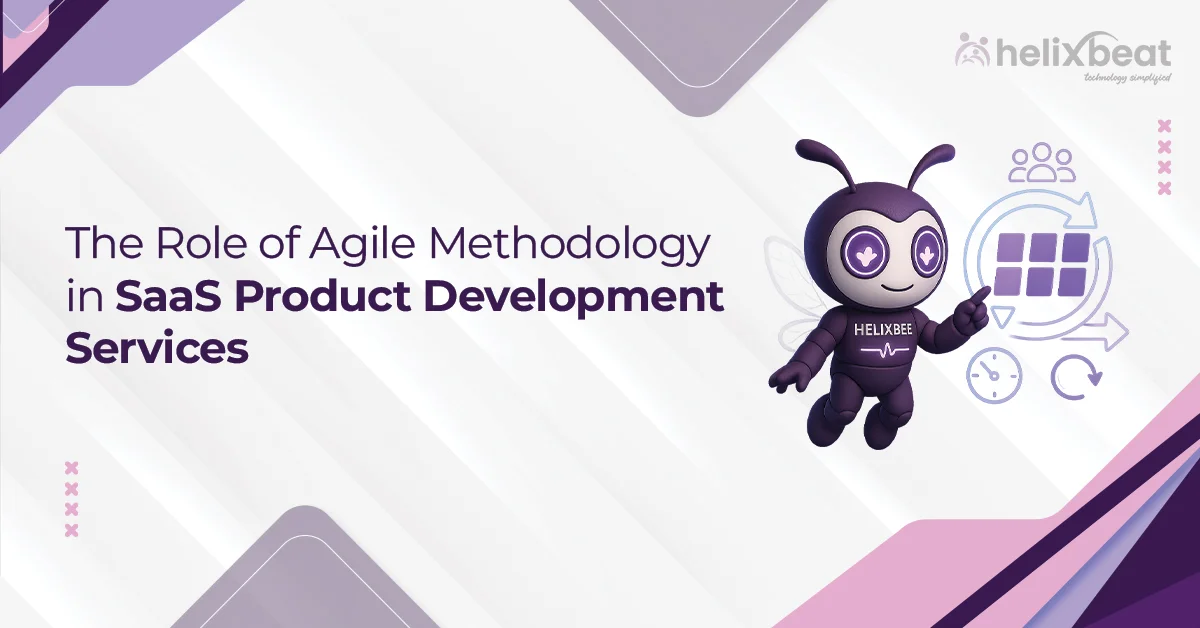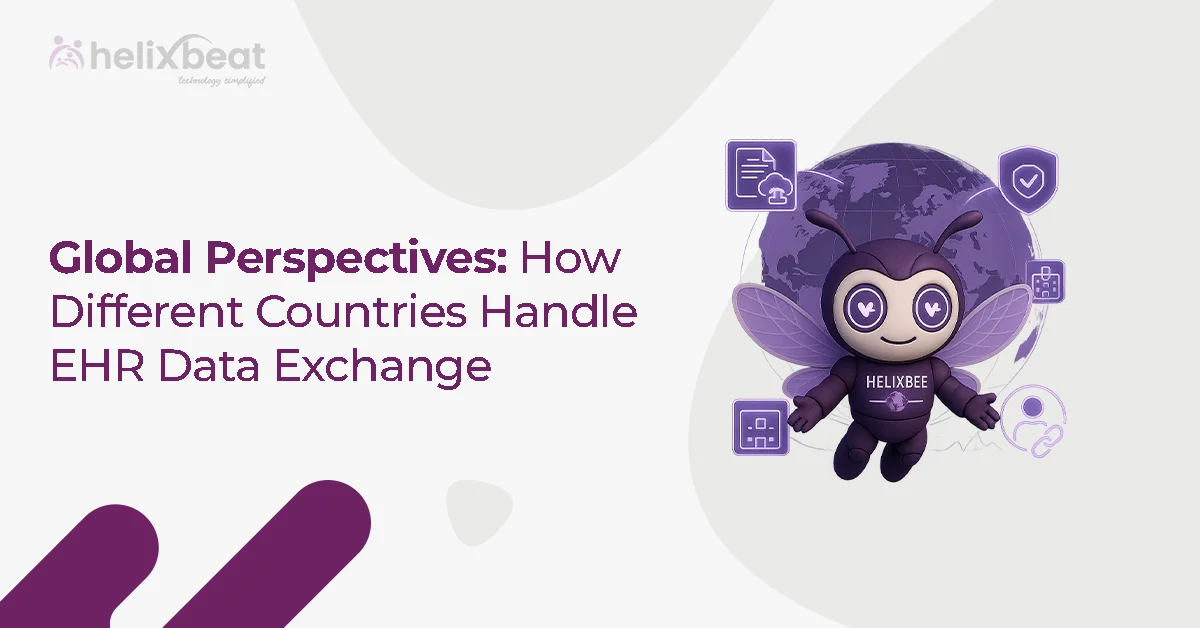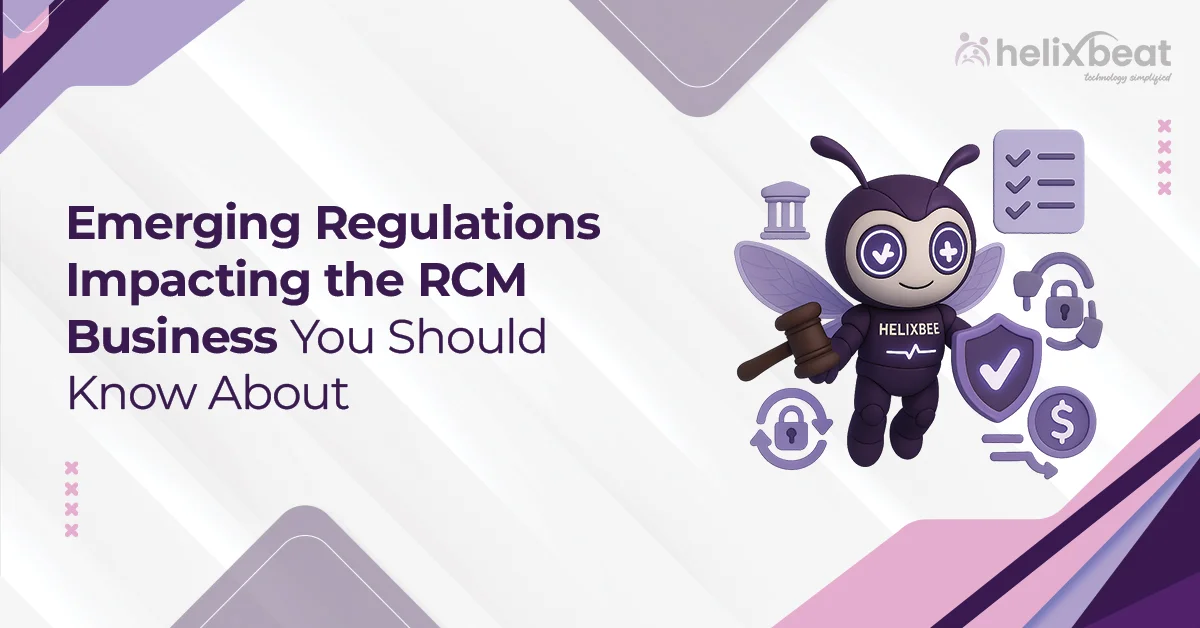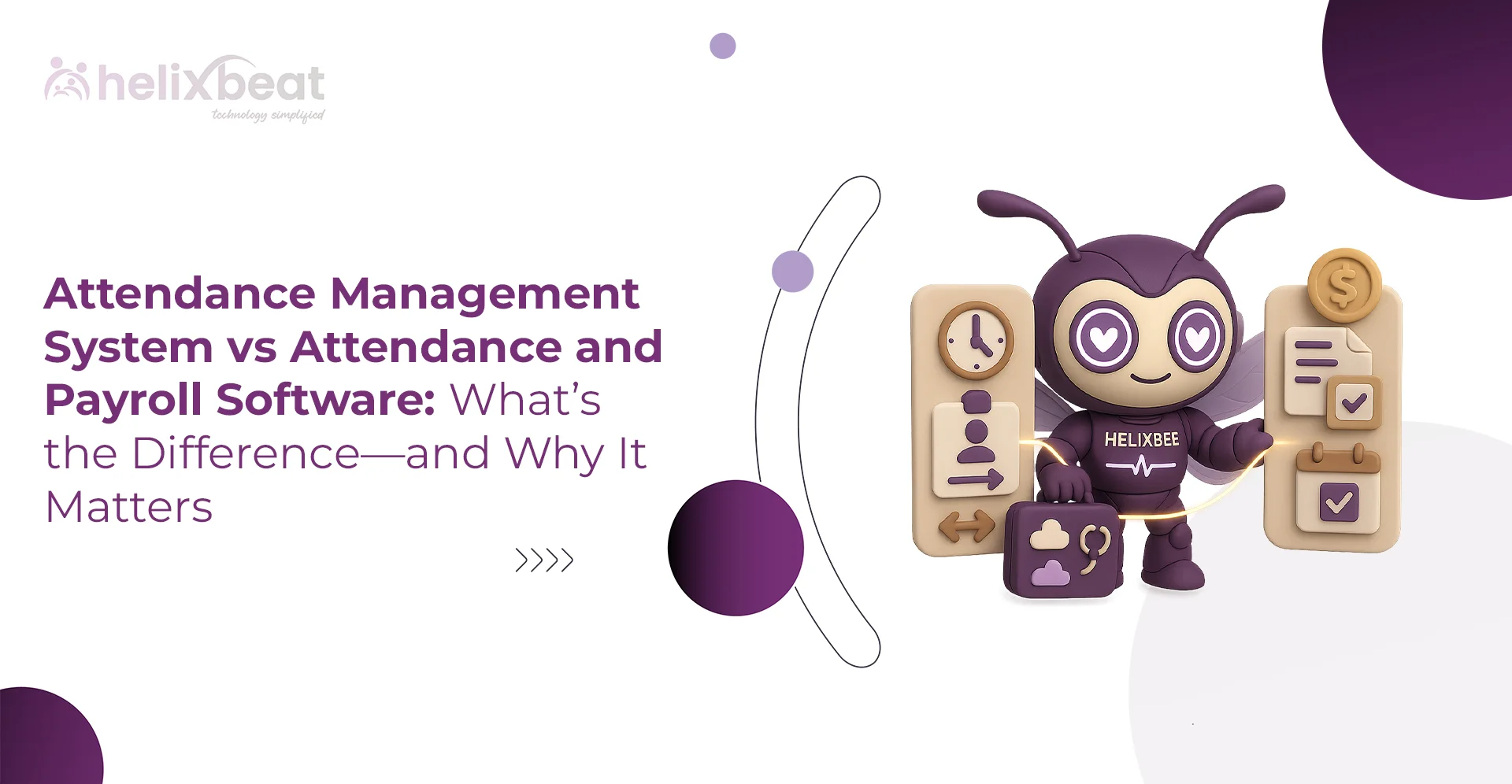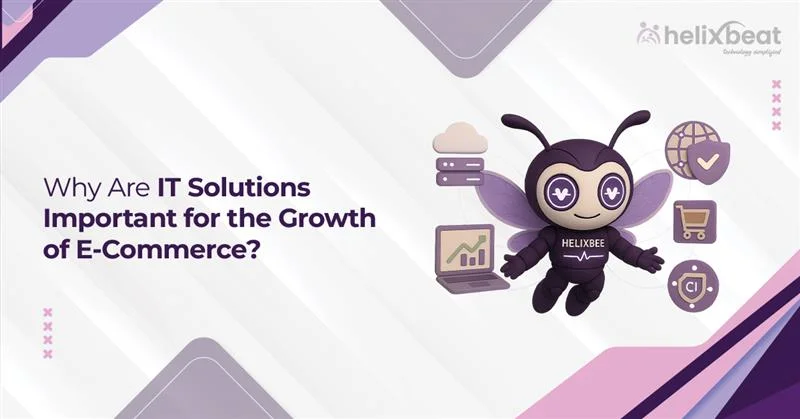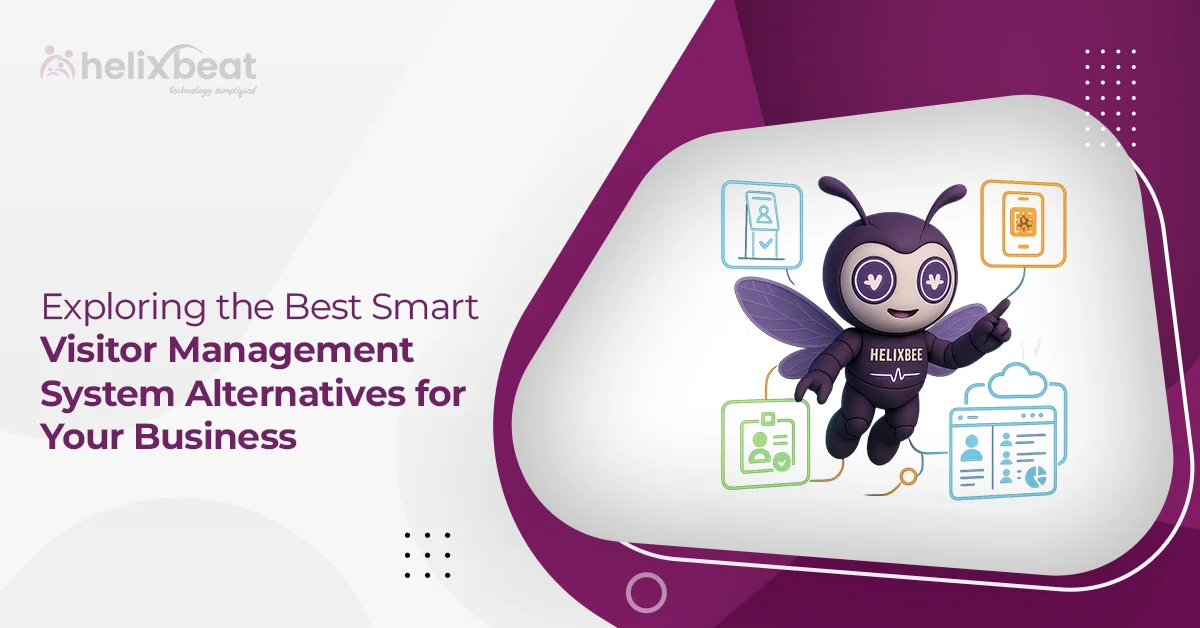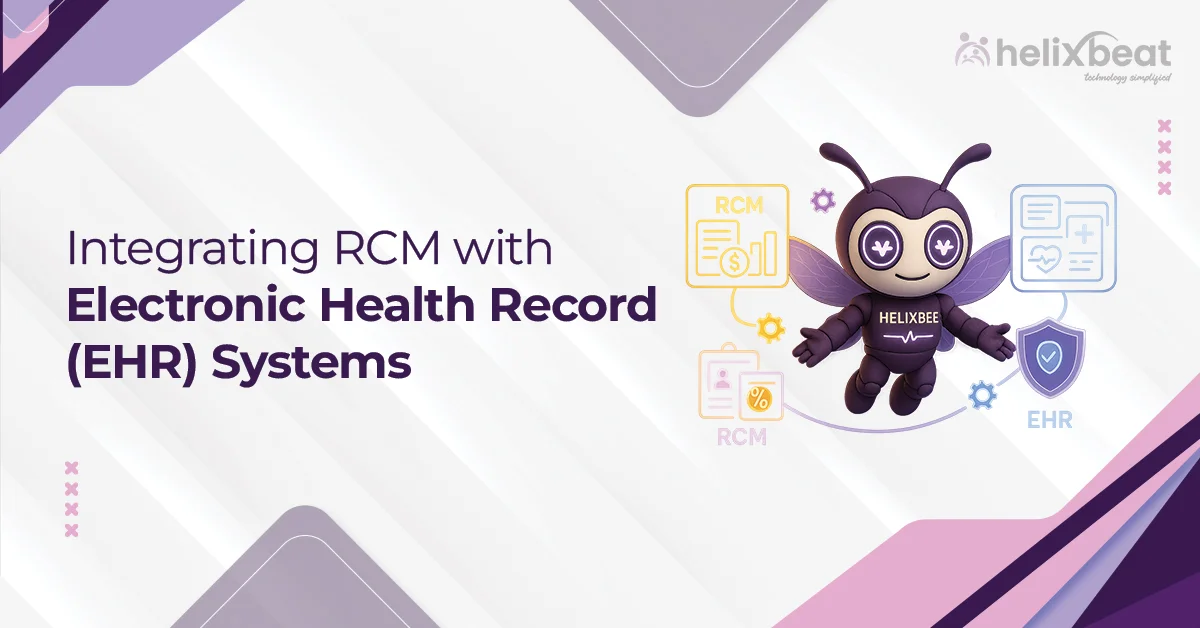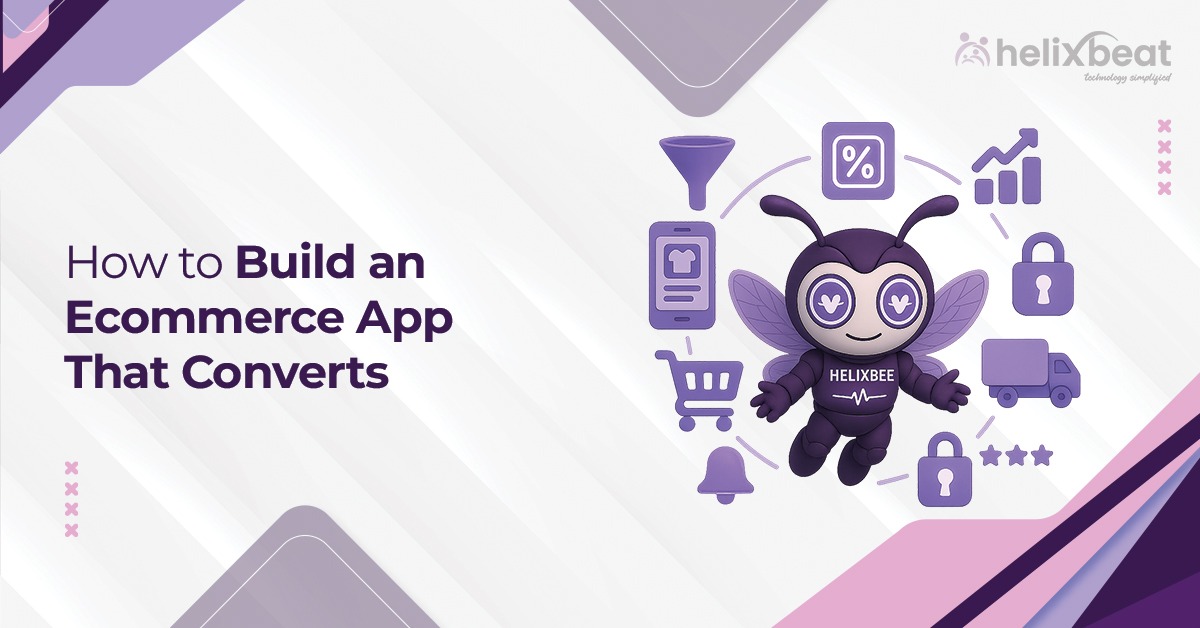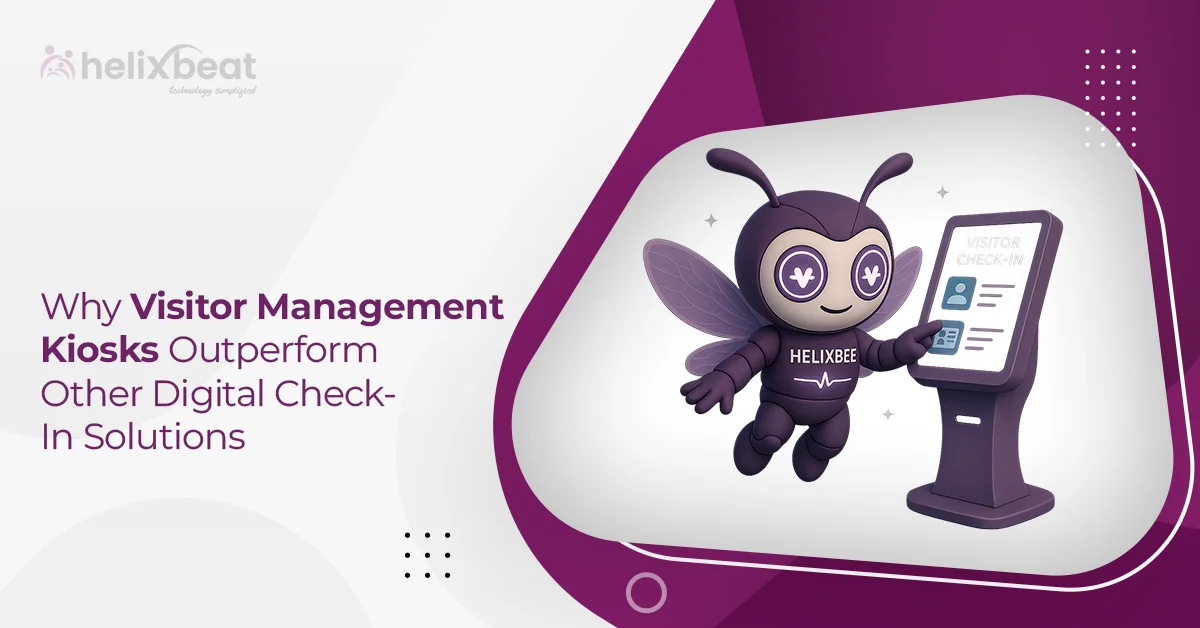Have you ever faced delays in product updates or felt like your software just wasn’t meeting your needs? It’s a common problem in SaaS development, where things move quickly, and customer demands are always changing.
However, there’s a solution: the Agile methodology. By using agile, SaaS product development companies can avoid these problems. It helps teams deliver updates more quickly, adjust to feedback promptly, and continually improve the product. Agile ensures your software remains up-to-date, user-friendly, and ahead of the competition.
Let’s see in detail how agile can make a big difference in your SaaS development and why choosing the right SaaS product development services can help you achieve that.

Table of Contents
Why Agile Methodologies are Important for SaaS Growth
Agile methodologies are crucial for SaaS growth because they allow teams to adapt quickly to changing customer needs and market demands. With the fast-paced nature of SaaS, businesses need to improve their products and respond to feedback without delays continuously.
Agile helps by breaking down development into smaller, manageable tasks, making it easier to release updates frequently and resolve issues more quickly. This flexibility not only speeds up product delivery but also ensures that the software evolves in line with user expectations, driving better customer satisfaction and long-term growth.
Role of Agile Methodology in SaaS Product Development
In the world of SaaS product development services, adopting agile methodologies is key to staying competitive and ensuring continuous innovation. Here’s how agile plays a vital role in the development of SaaS products:
1. Faster Product Iterations
Agile enables SaaS teams to break down the development process into small, manageable sprints. This means that instead of waiting for long cycles to release updates, teams can continuously roll out new features and improvements.
By focusing on shorter development cycles, businesses can adapt quickly to changing market demands and customer feedback, ensuring their products remain relevant. Companies that use agile methodologies see a 37% faster time-to-market for new features.
2. Improved Collaboration
One of the key strengths of agile is its emphasis on collaboration. SaaS product teams, whether developers, designers, or product managers, work together more closely and frequently.
Regular meetings like daily stand-ups and sprint reviews ensure everyone stays aligned, leading to more efficient decision-making and quicker problem-solving, which is essential in a dynamic SaaS environment. 83% of organizations using agile report improved collaboration among teams.
3. Faster Flexibility in Responding to Change
The fast-paced nature of SaaS development means that requirements can change at any time. Agile allows teams to adapt to these changes smoothly. Whether it’s adding a new feature or tweaking an existing one, agile methodologies make it easy to prioritize what matters most to the users and the business, keeping the product on track even when priorities shift.
61% of agile teams can quickly adjust their priorities based on evolving market conditions.
4. Continuous Improvement Through Feedback
Agile emphasizes the importance of regular feedback loops, both from internal stakeholders and end-users. This means that features are constantly being tested and improved based on real-world usage and user input.
In SaaS development, where user needs can evolve quickly, being able to iterate based on continuous feedback ensures that the product grows in the right direction.
Companies with agile practices are 30% more likely to have a successful product launch.
5. Increased Product Quality
Agile methodology promotes regular testing and integration throughout the development cycle. This continuous focus on quality ensures that bugs are caught early, minimizing the risk of errors piling up.
For SaaS products, where uptime and reliability are critical, agile ensures that the product is not only built quickly but also with high standards of quality, leading to fewer issues post-launch and a better overall user experience. Agile teams report 25% fewer defects in their products compared to traditional development teams.
Agile methodologies are a cornerstone of effective SaaS product development services, driving faster releases, better product quality, and improved customer satisfaction.
Different Types of Agile Frameworks for SaaS Development
In SaaS product development services, selecting the right agile framework can significantly impact the project’s success. Here are some common agile frameworks used in SaaS development:
- Scrum: Focuses on iterative sprints (typically 2-4 weeks) to deliver incremental product updates. Ideal for projects with clear, evolving requirements.
- Kanban: Visualizes workflow through boards, allowing teams to manage tasks in real-time and continuously improve efficiency. Best for projects with continuous delivery needs.
- Extreme Programming (XP): Emphasizes technical excellence and high-quality code. Incorporates practices like pair programming, continuous integration, and automated testing.
- Lean: Focuses on delivering value with minimal waste. Streamlines processes to reduce unnecessary steps and improve speed while maintaining quality.
- Feature-Driven Development (FDD): Breaks down development into distinct, feature-focused iterations. It’s ideal for large teams working on complex SaaS products.
Each framework can be tailored to fit specific needs, making it essential to choose the one that aligns with your team and project goals.
Advantages and Difficulties in Agile SaaS Development
In SaaS product development services, adopting agile methodologies brings several advantages but also presents particular challenges. Here’s a breakdown of both:
| Advantages | Difficulties |
| Faster Releases: Agile allows for faster product updates and iterations. | Team Coordination: Requires high levels of collaboration, which can be tough with remote or distributed teams. |
| Flexibility: Agile adapts to changing requirements and user feedback quickly. | Scope Creep: Continuous iterations can lead to adding more features than planned, affecting timelines. |
| Improved Quality: Regular testing and iterations help catch bugs early. | Limited Documentation: Agile focuses on working software over detailed documentation, which can make tracking harder. |
| Better Collaboration: Teams work more closely together, improving communication and decision-making. | Overload: Constant cycles of planning, execution, and feedback can overwhelm teams without proper management. |
| Customer-Centric: Regular feedback ensures the product evolves based on real user needs. | Difficult to Scale: Scaling agile practices for larger, more complex projects can become challenging. |
How Agile Works in SaaS Development With a Real Example
The Agile methodology is widely used in SaaS product development services because it enables teams to quickly adapt to changing user needs and market demands. Here’s how it works in practice:
For example, a SaaS company is developing a project management tool. They begin by identifying core features, including task creation, project timelines, and team collaboration. Rather than waiting months for a final, fully developed product, the team breaks down the project into smaller parts and begins work on a single feature at a time.
- Sprint 1: The team develops the basic functionality for creating and assigning tasks. At the end of the sprint, the feature is reviewed by stakeholders, and the team collects feedback from early users.
- Sprint 2: Based on feedback, the team works on improving task notifications and adding a feature for setting deadlines. Again, after the sprint, the feature is tested and, feedback is gathered.
- Sprint 3: The team moves on to a new feature, such as project timelines, and integrates it with the already developed features. Once this is done, the team tests everything together to ensure smooth functionality.
With each sprint, the team continually improves the product, fixing bugs, refining features, and adding new functionalities based on user feedback. This incremental development makes it possible to release new versions regularly, rather than waiting for months or years to launch a fully complete product.
In this example, the development process isn’t linear; it’s iterative. Each sprint delivers a working part of the product, allowing users to start using the software early and enabling the team to respond quickly to any issues or changes in requirements. This is what makes agile such a powerful tool for SaaS development, ensuring products evolve and improve continuously while staying aligned with user needs.
Final Words
To wrap it up, agile methodology is a real game-changer for SaaS product development services. It helps teams deliver faster, adapt quickly to feedback, and keep improving the product based on real user needs. With Agile, you get a flexible and efficient approach that ensures your SaaS product stays ahead of the competition.
At Helixbeat, we specialize in SaaS product development services that embrace agile practices to build products that are not only scalable but also responsive to market demands.
Whether you’re launching a new SaaS product or looking to improve an existing one, our team is ready to help you create high-quality, user-centered solutions. Get in touch with us.
FAQ
1. What is SaaS product development, and why is it important?
SaaS product development is the process of designing and building cloud-based software solutions that users can access via the internet. It’s essential because it allows businesses to create scalable, secure, and user-friendly applications.
2. How can a SaaS product development company help bring my idea to life?
A SaaS product development company like Helixbeat can turn your idea into a functional, fully developed product. They’ll guide you through each stage—design, development, testing, and deployment—using the latest tools and technologies.
3. What does a SaaS application developer do?
A SaaS application developer specializes in building cloud-based applications. They focus on coding, testing, and deploying SaaS solutions that are scalable, reliable, and easy to use. Their work ensures that the SaaS product operates smoothly, securely, and offers an optimal experience to end users.
4. What makes Helixbeat stand out as a SaaS-based product development company?
Helixbeat stands out as a SaaS-based product development company because we focus on delivering high-quality, scalable solutions that adapt to your business needs. Our team works using agile methodologies, ensuring your product evolves continuously based on real user feedback.
5. How does SaaS development help businesses improve their operations?
SaaS development helps businesses by providing software solutions that are easy to scale, access, and manage without worrying about infrastructure. With the right SaaS product development services, companies can streamline operations, improve collaboration, and reduce IT costs.



